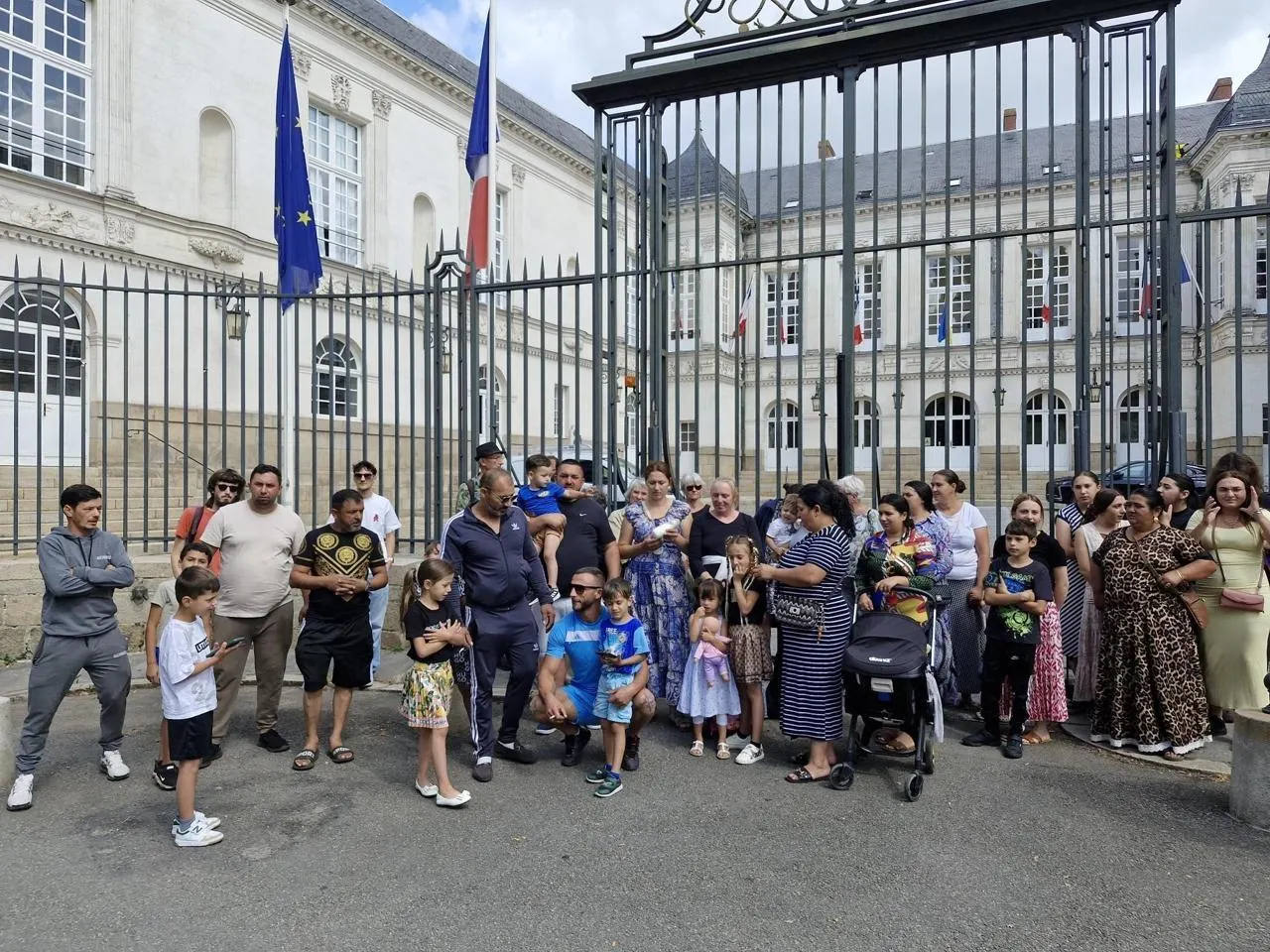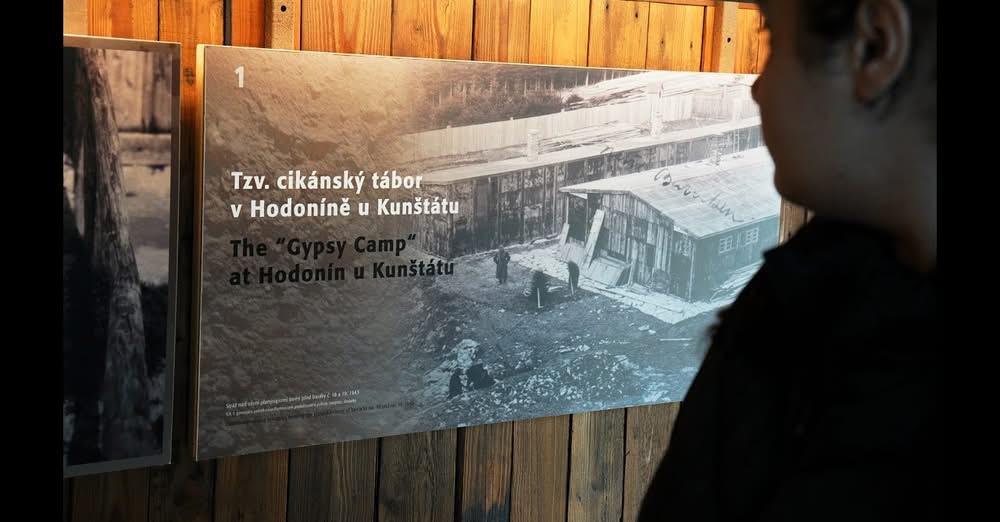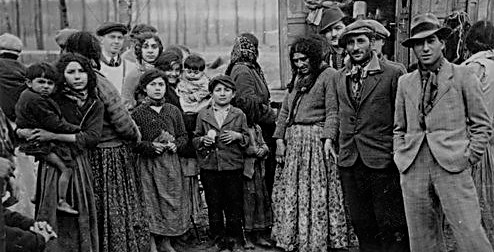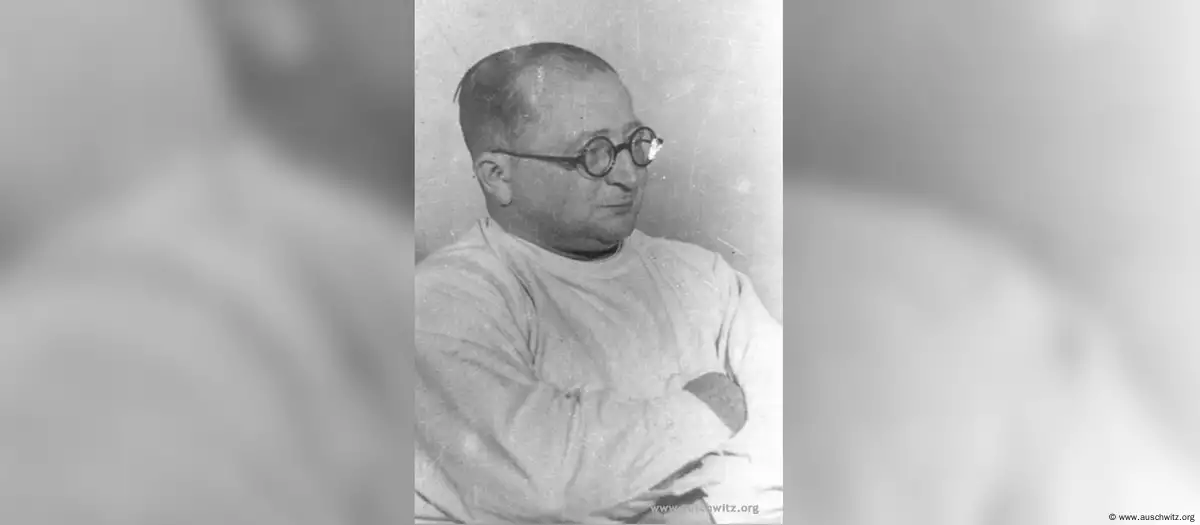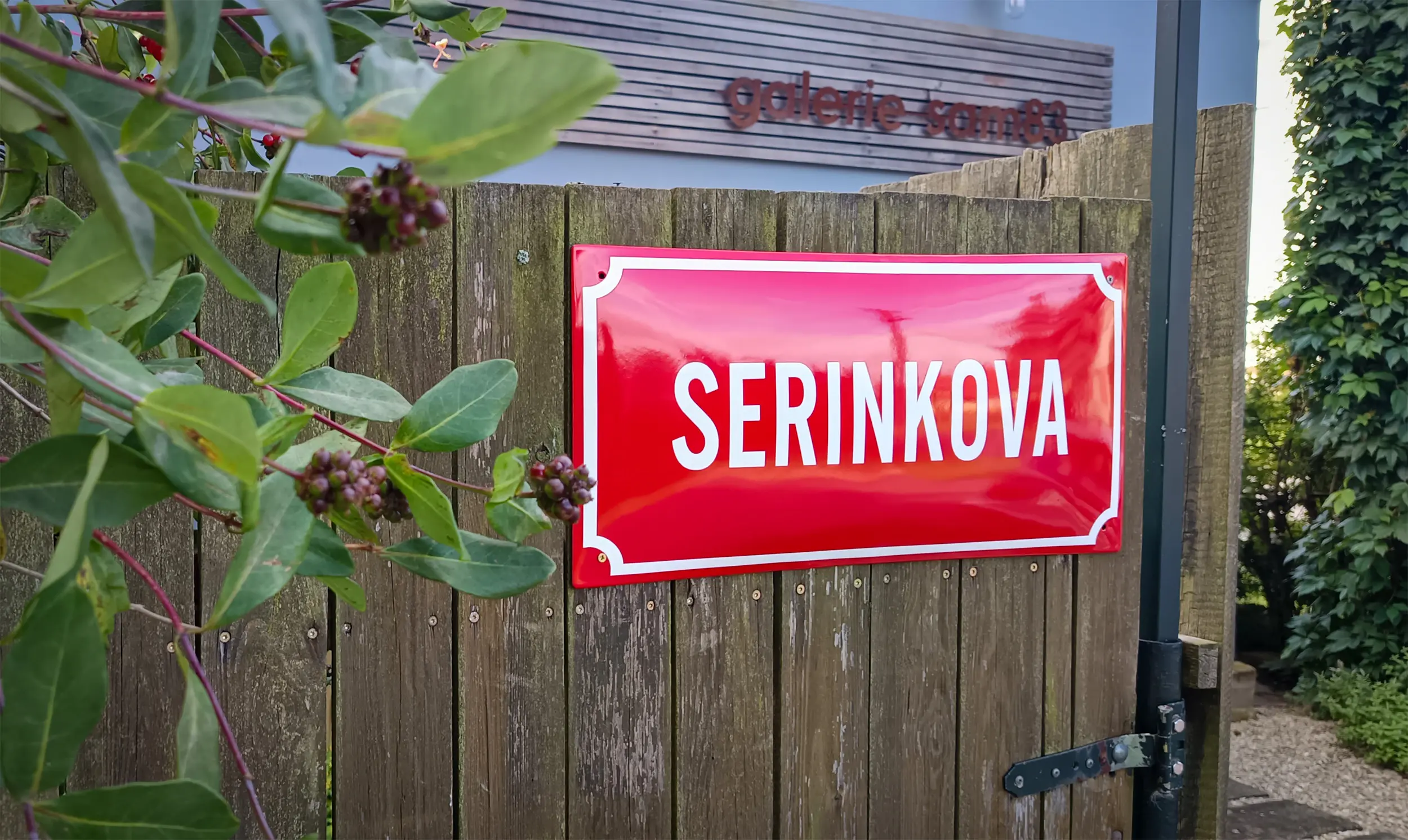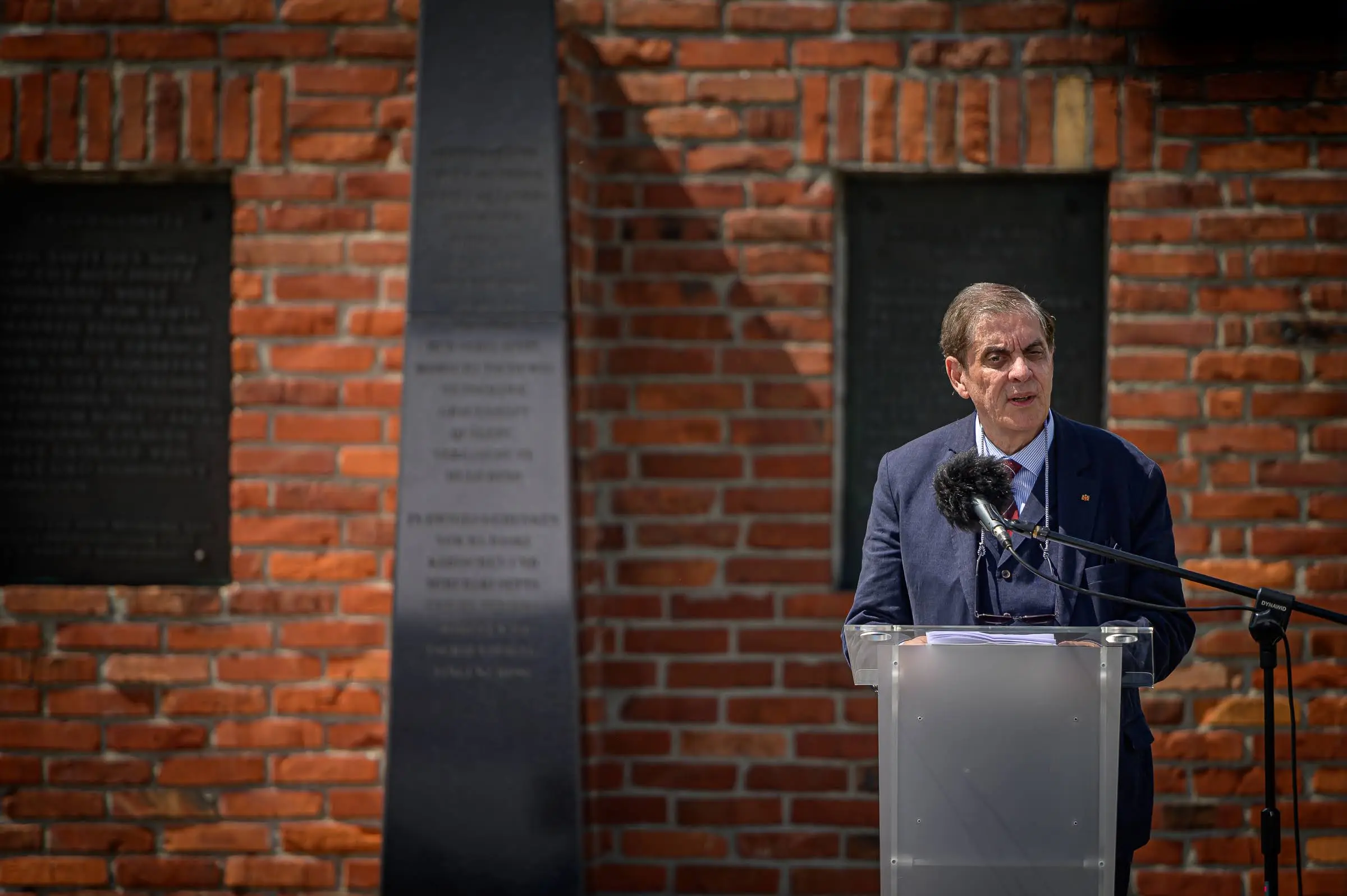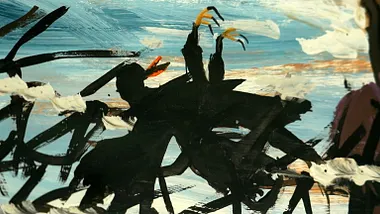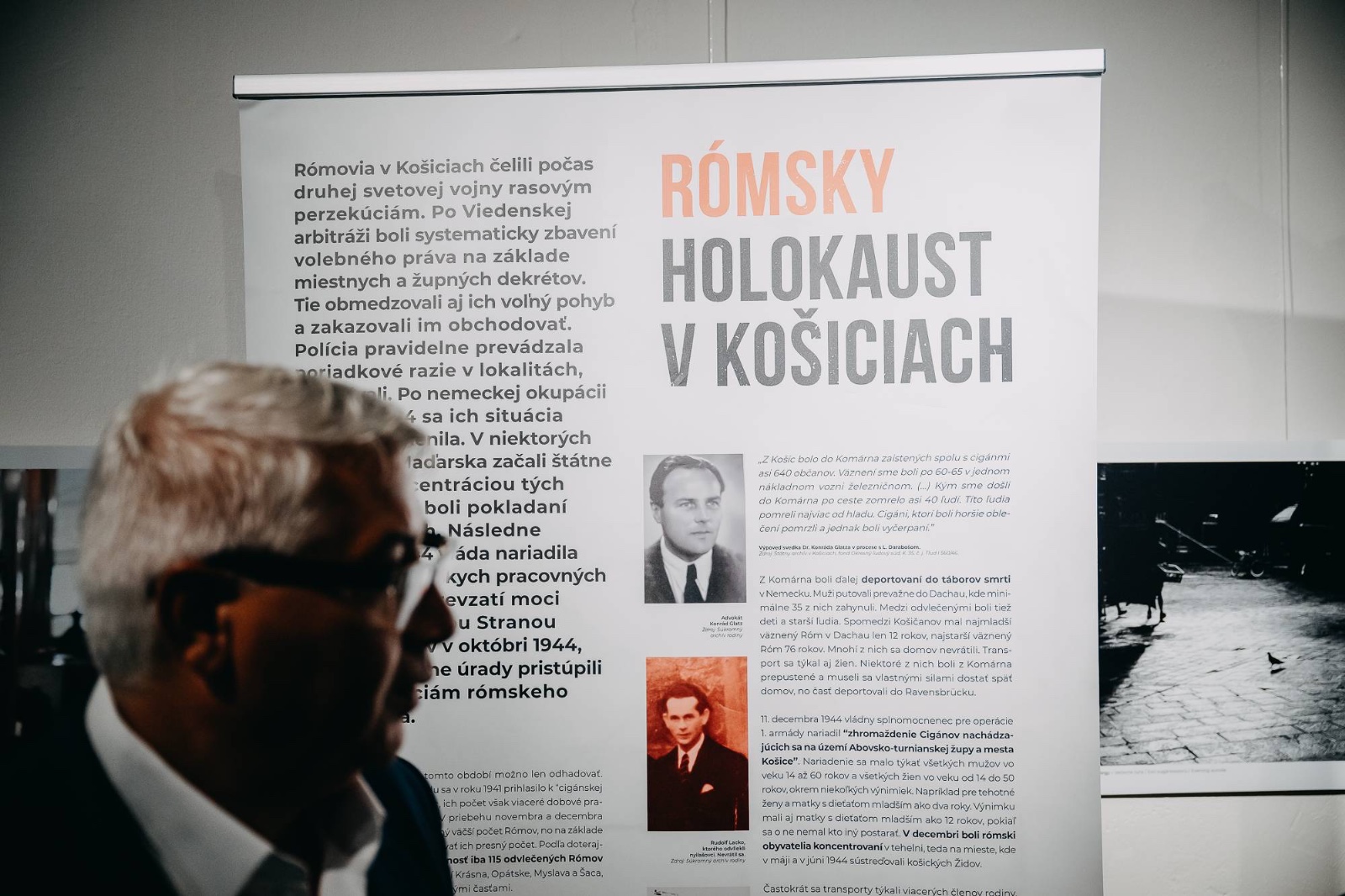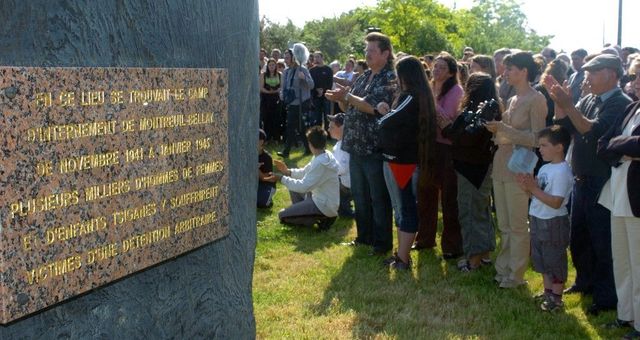News in France are dominated with the relocation of Roma in one neighbourhood of Nantes. Locals are fighting against this, and Roma who are being expelled of one camp went to court, claiming that the expulsions are illegal. In brief, chaos.
Other than that, an article about the forgotten (in France) genocide of the Roma.
- Des Roms saisissent la justice contre la ville de Nantes. In: Maville. 25.08.2025. https://nantes.maville.com/actu/actudet_-expulsion.-des-roms-saisissent-la-justice-contre-la-ville-de-nantes-_fil-6946267_actu.Htm
- Terrain d’accueil pour familles Roms au quartier Doulon à Nantes : la contestation s’organise,. In: MSN. 08.2025. https://www.msn.com/fr-fr/actualite/france/terrain-d-accueil-pour-familles-roms-au-quartier-doulon-à-nantes-la-contestation-s-organise/ar-AA1L5xT4
- Nantes : quel scénario pour le déménagement des Roms dans le quartier Doulon ? In: ActuNantes. 19.08.2025. https://actu.fr/pays-de-la-loire/nantes_44109/nantes-quel-scenario-pour-le-demenagement-des-roms-dans-le-quartier-doulon_63046767.html
- “Gens du Voyage” : 80 ans après le génocide que la France refuse de reconnaitre pleinement. In: LE Média TV. 24.08.,2025. https://www.lemediatv.fr/emissions/2025/gens-du-voyage-80-ans-apres-le-genocide-que-la-france-refuse-de-reconnaitre-pleinement-MfJv7QTYSAuY_to-xETfTQ
